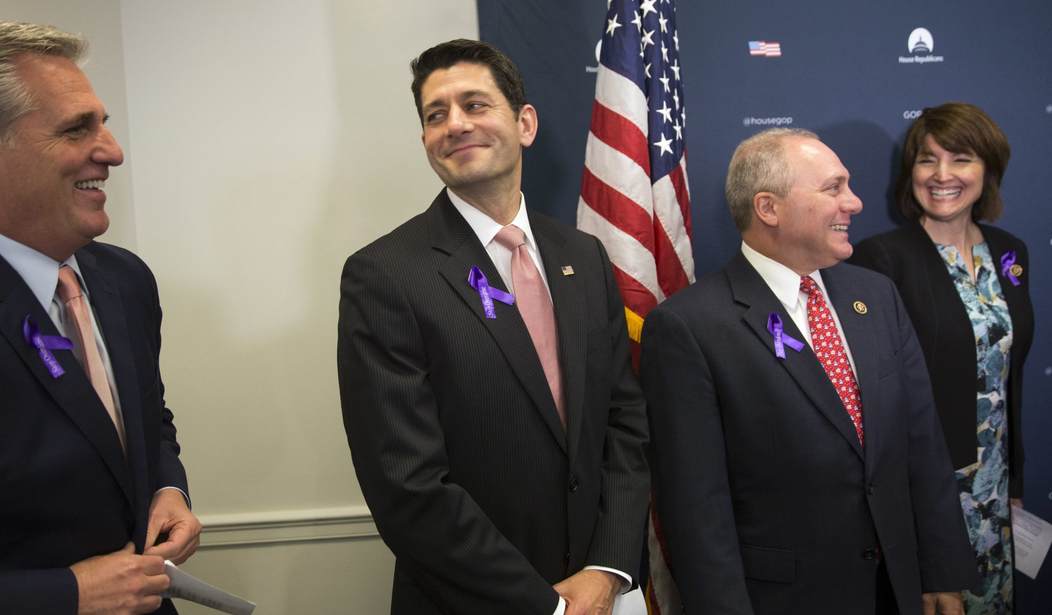WASHINGTON – Rep. Ben Ray Luján (D-N.M.), chairman of the Democratic Congressional Campaign Committee, laid out the Democratic Party’s strategy to take control of the House of Representatives: “tie” presumptive GOP nominee Donald Trump to House GOP incumbents “like an anchor.”
Luján explained last month that the DCCC was rolling out an “aggressive” seven-figure nationwide advertising campaign focused on Trump with the hopes of winning over more votes for Democrats in competitive House races.
“Every House Republican who failed to stand up to him bears responsibility for his rise. Our goal: define the toxic Republican brand and tie Donald Trump to these incumbents like an anchor before their campaigns even set sail. Let’s be clear: Republicans have brought this upon themselves,” Luján said during an event about the 2016 election at the National Press Club.
The DCCC is “aggressively” trying to get House Republican candidates and incumbents on the record regarding Trump.
“Republicans take notice: You may try to claim there’s a difference between supporting Trump and endorsing him, but it’s time to throw away your thesaurus and face the facts. Donald Trump is your nominee. He is your problem and your responsibility,” said Luján. “You break it, you buy it. House Republicans will have to answer for Trump’s unpredictable and hateful comments on a daily basis.”
According to Luján, the nation’s demographics have been “shifting” in favor of Democrats and Trump is only “accelerating” the trend.
“The electorate is getting younger, more diverse and more Democrats are moving from densely packed cities into Republican districts in the suburbs. Overall, these changes will be a net positive for Democrats in the years to come. This means Democrats are going to become increasingly competitive in districts with growing communities of color, near universities, in suburbs and large populations of moderate and independent voters,” Luján said.
“You all know Trump is under water with women, millennials, Hispanics, African-Americans, Asian-Americans – but what’s important to remember when considering the House races is that Donald Trump is also deeply unpopular with suburban voters, independents and those with college degrees,” he added.
So far, the Republican Party, the Trump campaign and affiliated groups have spent less than the Democratic Party, nominee Hillary Clinton’s campaign and outside groups in key swing states like Ohio and Florida. Clinton has opened a wider lead against Trump in Ohio polls this month, and was just one point ahead of Trump in Florida in the latest Quinnipiac poll.
“We haven’t spent anything yet,” Trump told a rally in Abingdon, Va., today. “We will be, because we’re doing well. But we haven’t spent anything yet; we’re holding it.”









Join the conversation as a VIP Member